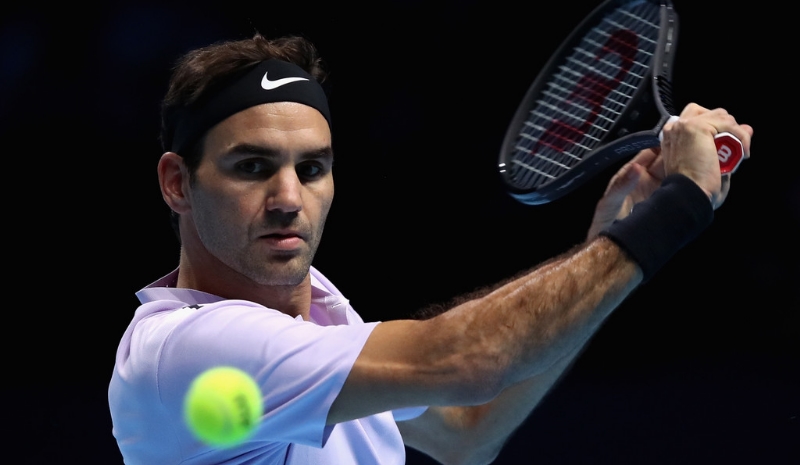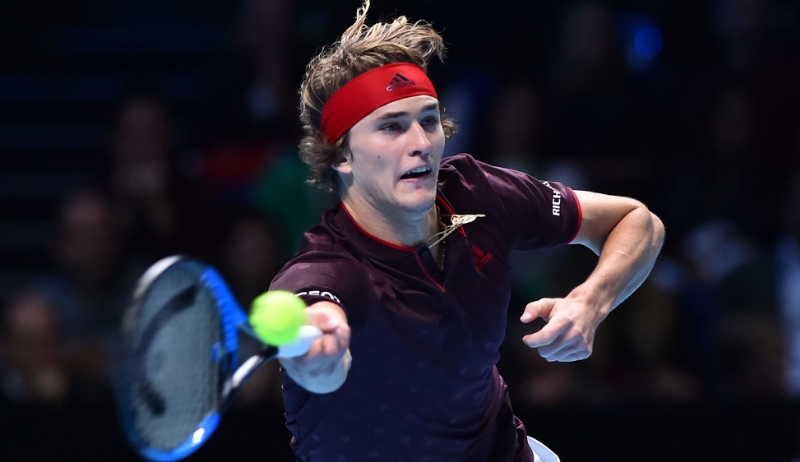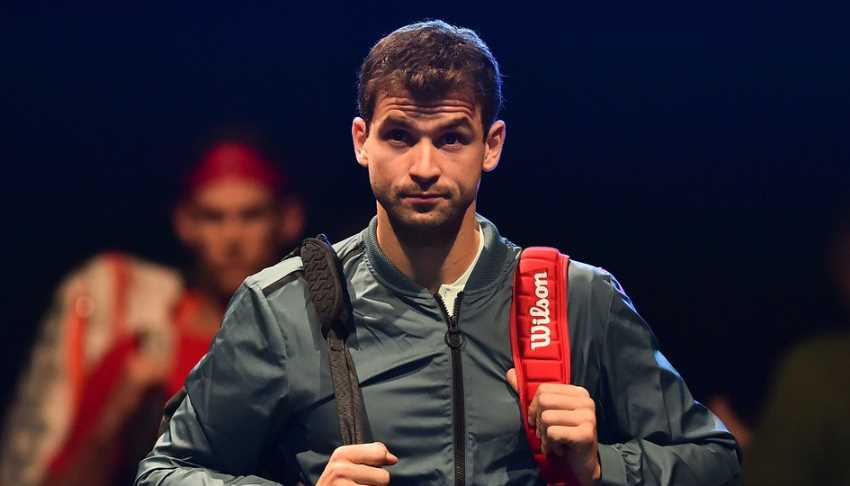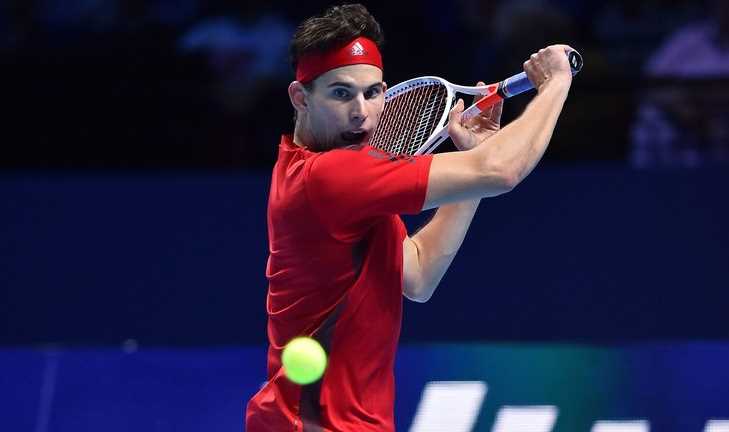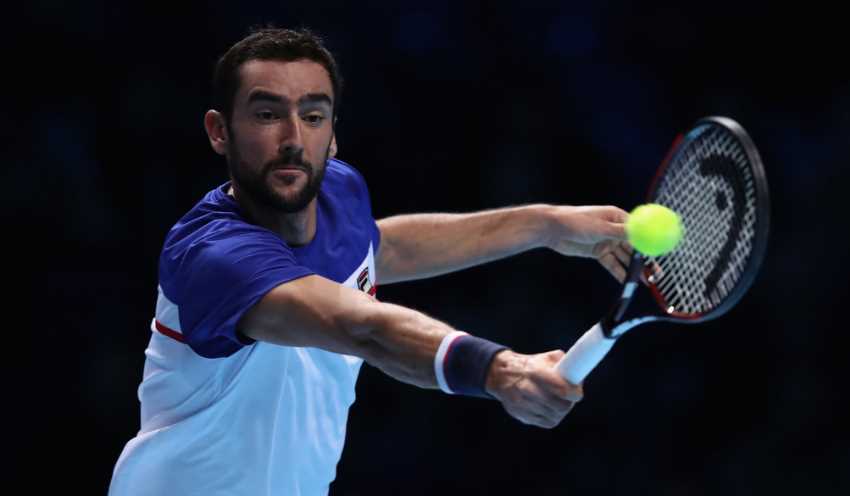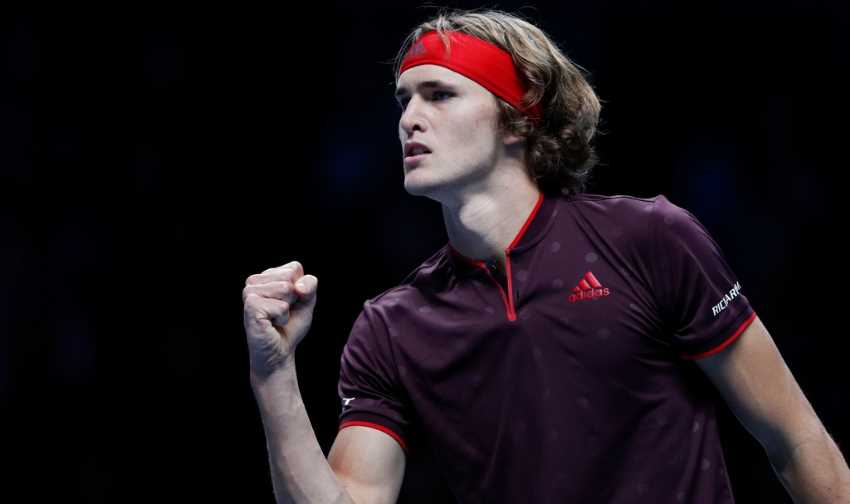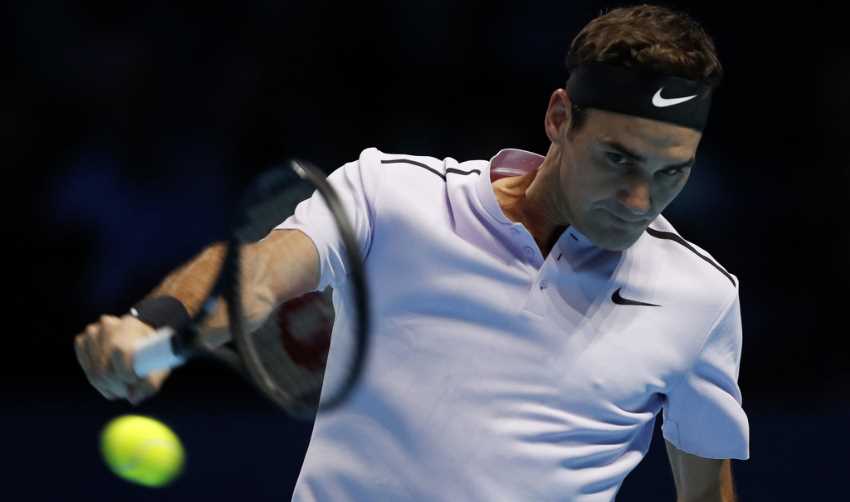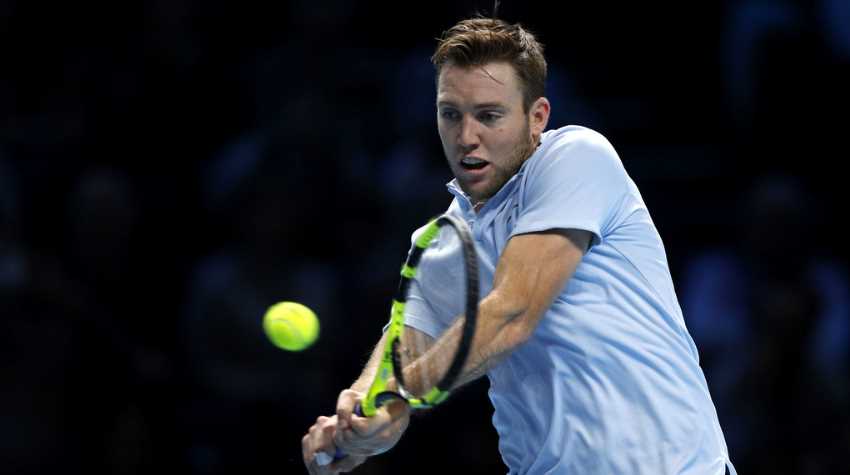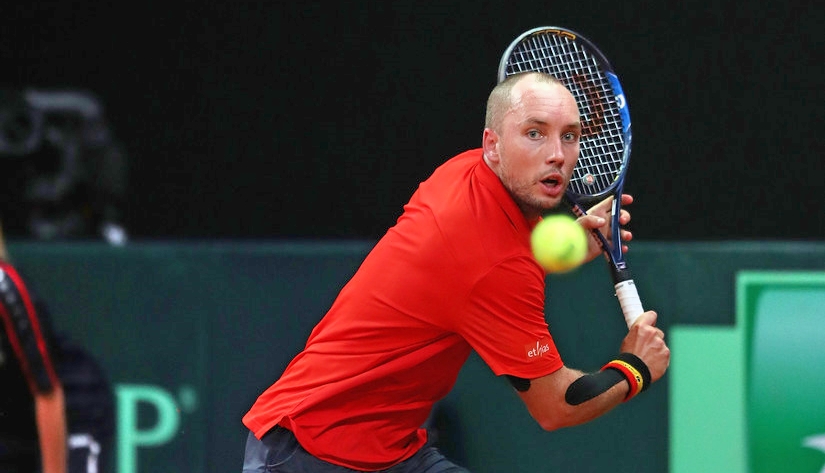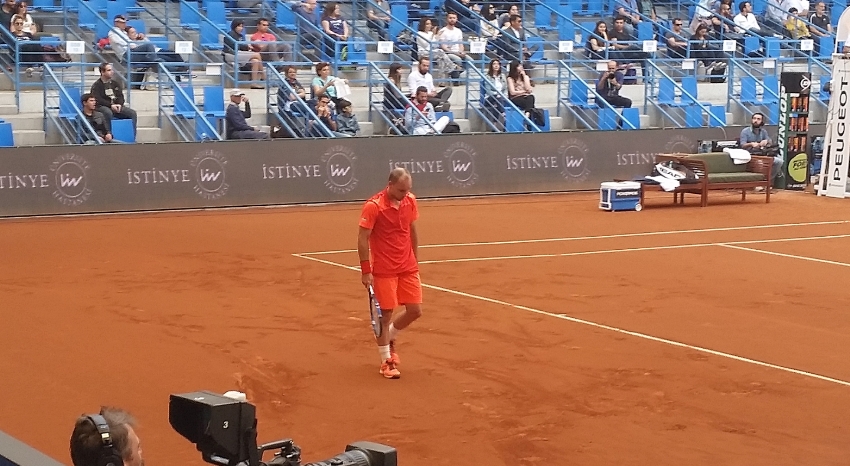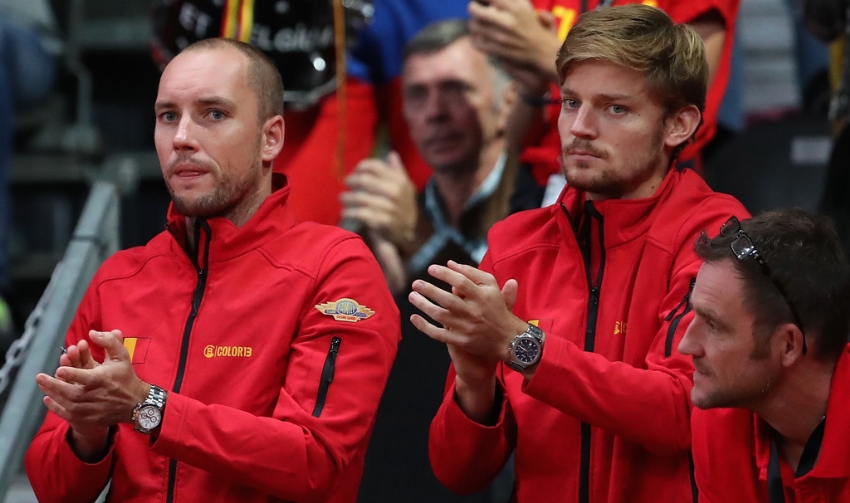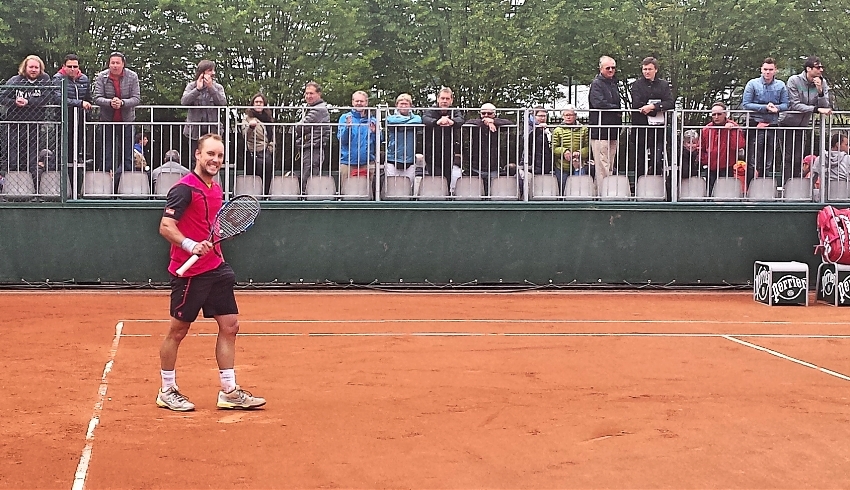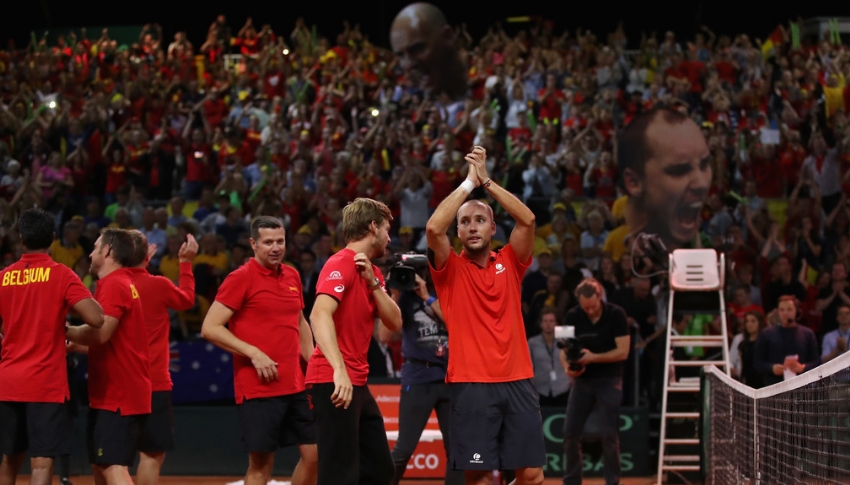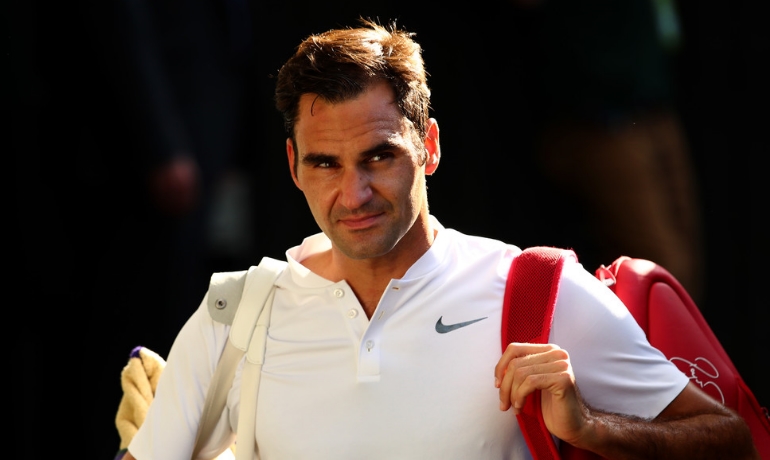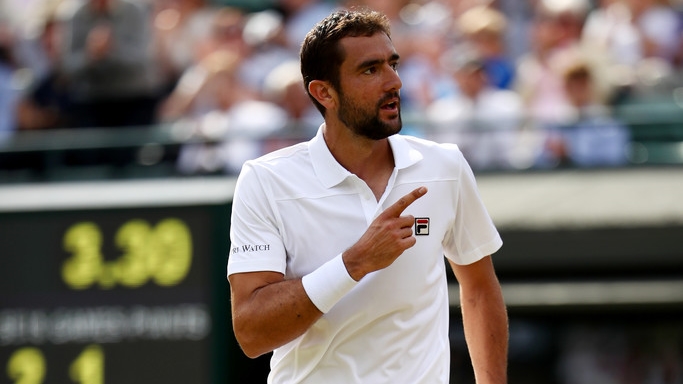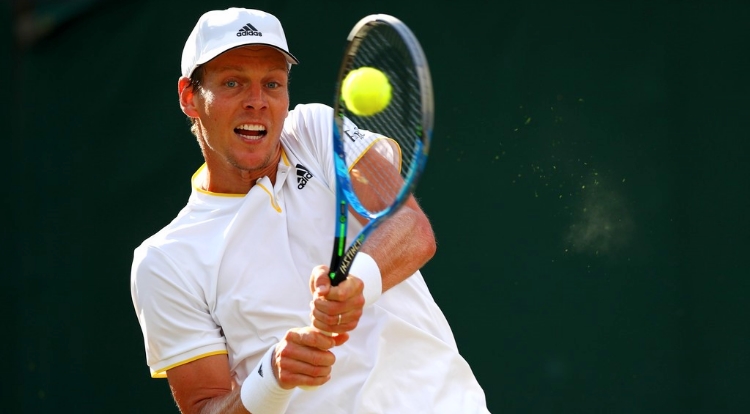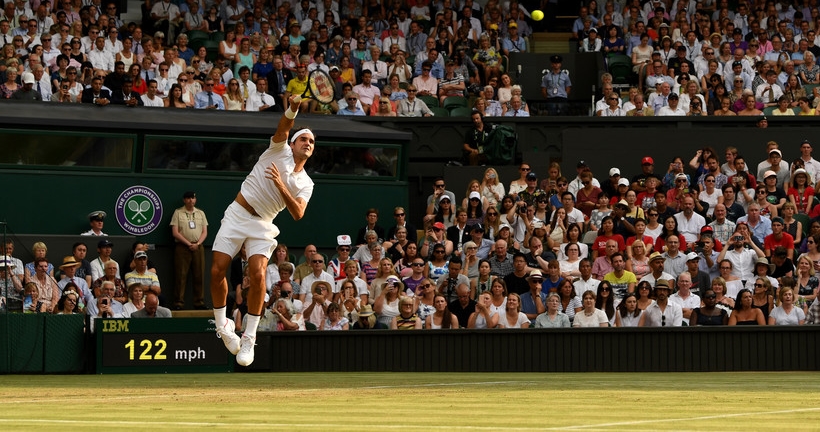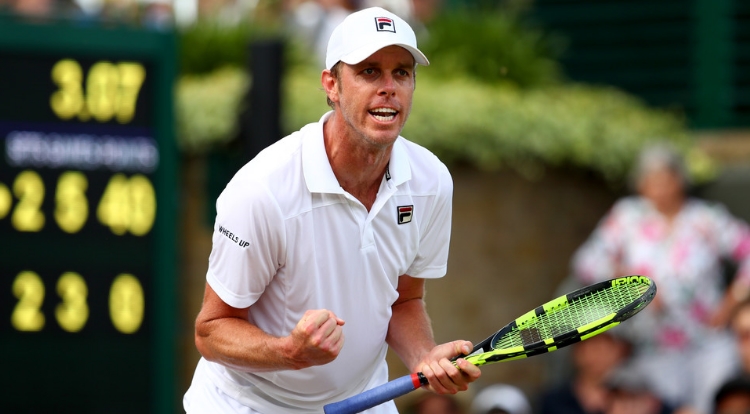Roger Federer, efficient enough in his 7-6 5-7 6-1 win over Alexander Zverev
“Efficient enough” is the key term here. It was not a stellar performance, but Roger used whatever was available to him within the scope of his current form and the opponent he faced – yes, yes, I know, that is still way above the standards of others, but let’s focus on this match, shall we?
Let me also note that the Swiss may not even need his top form to win the ATP World Tour Finals. He won the Basel title two weeks ago without performing at his top level. Today, he defeated the number-three player in the world, while playing spotty and uninspiring tennis at times.
Back in 2012, I wrote an article in which I talked about Federer’s rare ability to switch from one Plan A to another and not skip a beat, while others can only switch to plan B’s, thus compromising their preferred tactics in an effort to adjust to their opponents. Roger’s repertoire is large enough to where he can change patterns, shift his positioning on the court, vary his pace and spin, and still call that modified tactic, his Plan A.
Today was no different. He came on the court with yet another Plan A, but he had to modify it after the first five games to pull off a victory that was only delayed by some inexplicable loss of intensity in the early portion of the second set.
Here is the purpose of my piece today. The general impression in the world of tennis after the match was that Federer was slicing his backhand too much, thus playing too defensively, and that it was a mistake on his part. It is true that the slice was part of Federer’s game plan, but certainly not to the extent that we saw over the three sets. Those who closely observed the early games should have realized that he definitely did not begin the match that way. An analysis of the first five games should clarify why Federer initially sought to follow a distinct plan, yet ended up executing a different one.
First let me give you some numbers. Until 3-2, Federer sliced his backhand thirteen times, and came over the top (call it flat, spin, or drive) also thirteen times. However, seven of those thirteen slices came when he had to stretch or lunge to get his racket on Sascha’s booming first serves and return them. In other words, he had no choice but to block or slice those seven returns.
Thus, if we just count the backhands hit once going past the serve-and-return phase of the points, he sliced only six times vs thirteen over-the-top backhands. Plus, he was going to hit some anyway because the short and slice backhand was part of his plan to get Sascha to commit errors – for those interested in visual examples, Sascha missed his first such shot at deuce in the first game. To sum it up, Roger sliced only three or four times in the first 5 games when he had a choice.
I would not call that a defensive tactic.
That short slice, forcing the six-foot-six (almost two meters European terms) German youngster to move forward a bit inside the baseline and strike the ball below his knees, would prove vital to Roger’s success for the rest of the match. He probably walked out on the court planning to utilize that weapon. He would stick mostly with aggressive drives on both wings that have been working well for him this year, and mix in the occasional low slice to throw Sascha off balance. At least, that is precisely what the first five games showed.
Yet, as we know now, he ended up slicing a lot more than that, didn’t he? It was not an error on his part, he did not have a choice. His opponent showed him in the next two games, on three different occasions, that Roger’s plan A that rested on varying the pace just enough to still take charge with aggressive shots would not be enough, and that he would need to defend a bit more than he initially wanted to.
Let’s remember those three occasions:
Federer was leading 2-1 and Zverev was serving at 30-15. The point began with another short and low slice backhand return by Federer. This time Sascha handled it (not the norm in this match) and sent it deep to Roger’s backhand forcing him to defensively slice back. However, on the next shot, Roger got his feet set and nailed maybe the hardest flat backhand of the match to Zverev’s add corner. I am guessing he did not expect it to come back. Not only did it come back, but Sascha landed it on the baseline. Federer backed up quickly and spinned his forehand back. Two shots later, Roger would once again be under pressure on his backhand and this time he would miss it. It was then, the longest point of the match. Federer mixed it up, never giving Sascha the same look twice in a row, using his two biggest weapons, the low and short slice and the crushing flat shot. The problem was that Zverev answered every challenge beautifully in that point and Roger ended up being the one to commit the error.
The second occasion was even more telling. This was a 22-shot rally, the first point of the 2-2 game, in which Federer threw everything but the kitchen sink at Sascha in terms of being aggressive. He did not use his slice once, and had Sascha on the ropes for the better part of the point. But the German put on display his defensive skills and got every ball back. He eventually found the balance in the rally around the 15th shot. At the first opportunity, when he got his feet set, he accelerated his backhand down the middle of the court to a stationary (and probably frustrated) Federer. Another long rally would end with the Swiss coming out on the losing end, this time missing his forehand into the net.
Two points later, at 15-15, once again Federer got into a back-and-forth with Zverev, and once again, it looked like he had the upper hand in the rally. He was the one with the initiative, slicing his backhand only once but coming over the top and accelerating on all the others. Zverev stood tall once again, got everything back, and Federer eventually went for a rocket shot to the corner that sailed out.
Let me summarize. These three points took place within a three-minute, two-game span and changed the entire outlook of the match. Federer still held to go up 3-2, thanks to some remarkable placement on his serves (what else?) but one thing was clear: he would need to modify his game from that point forward.
He would now play a bit more conservative and make more use of that short and low slice. He would take risks only when a convenient opportunity – read that “one that offered good percentage play” – presented itself. He would rely on his serves to hold and on Sascha’s errors to break. That was now his alternative plan A.
The rest of the match was interesting and topsy-turvy. There were some wild swings both ways. The tiebreaker itself, Federer’s loss of intensity at 7-6 3-1 up, his renewed intensity once he held in the second game of the final set, and finally, Sascha’s erosion in the last 15 minutes of the match, are all worthy turning points to be discussed, but beyond the scope of my focus in this article, which was to examine the reasons behind Federer’s seemingly defensive play in today’s match.
Couple of side notes:
– From 3-2 to 5-4, total of four games, only a little over 7 minutes elapsed. And that is including the two game changes. I can’t remember four games that went by so quick. I have no proof, obviously, but it felt like a record. It was 3-2, I blinked, and it was 5-4.
– Federer’s short and low slice backhands harassed Zverev endlessly. He missed one at deuce in the very first game, he lost the first set tiebreaker on one, only to mention two among many. If other players did not know any of his weaknesses before, they know at least one now.
– That was a short-tempered Roger out there today. He visibly got frustrated as early as the second game when his forehand passing shot attempt flicked the net and sailed out. His hand did some sort of quick, upward motion that I can best explain as “Get the hell outta here,” although I have no idea what came out of his mouth. And that was only the beginning.
– I am sorry, I listened to all the explanations for years, but I will still call the likes of the Marin Cilic vs Roger Federer match on Thursday a pseudo-ATP match. I hardly believe that either player cares that much about winning or losing that match (probably Roger even less than Marin). For those who need clarification, Cilic at 0-2 is already eliminated and Federer at 2-0 has already qualified for the semifinals.
Until next time…

